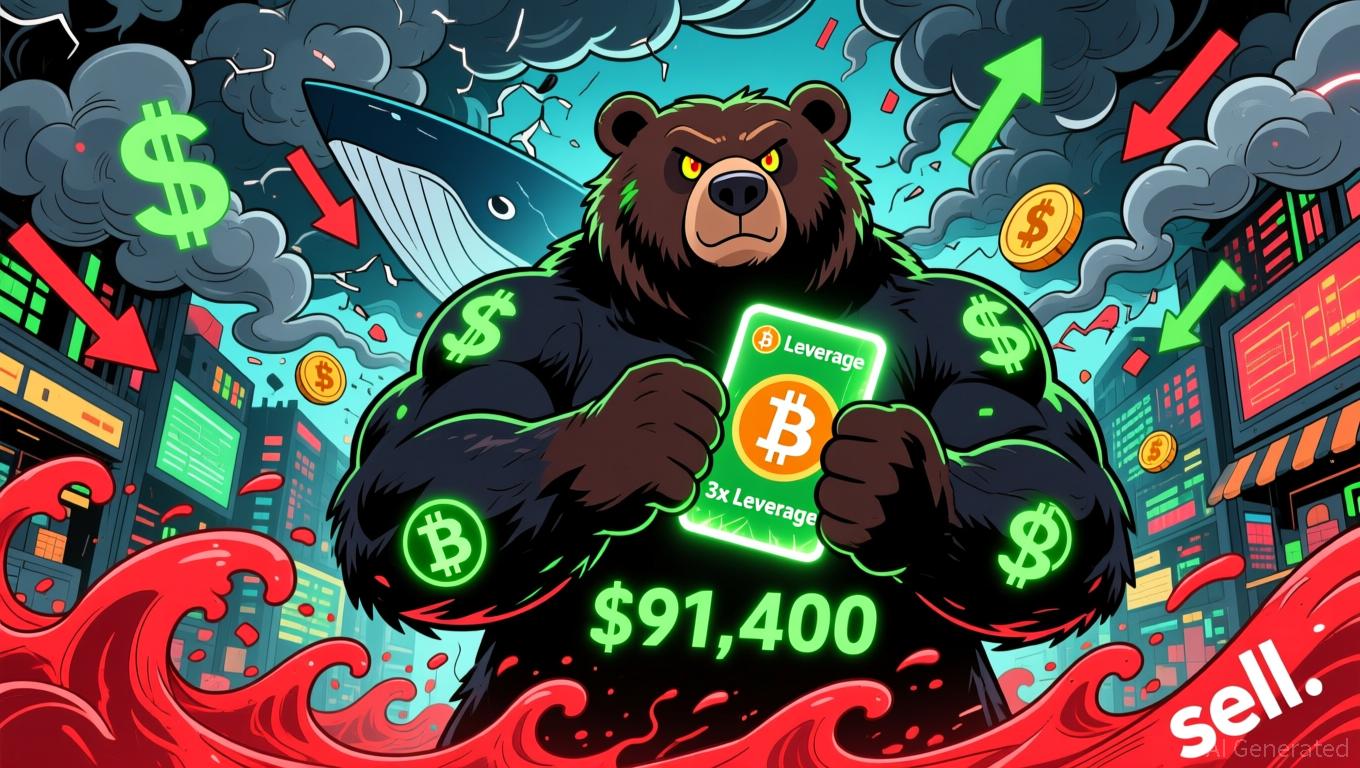Bitcoin News Today: Bitcoin Whale Bets $84 Million—Sign of Faith or Disaster Looming?
Major Bitcoin Whale Makes $84 Million Leveraged Bet
A prominent Bitcoin investor has opened a substantial $84.19 million long position on Hyperliquid, utilizing 3x cross-leverage. This move comes shortly after the trader reportedly locked in over $10 million in realized profits. The entry point for this trade was close to the $91,400 mark, immediately intensifying market volatility and attracting significant attention from both traders and analysts.
The wallet behind this bold trade, identified as 0x0ddf9bae2af4b874b96d287a5ad42eb47138a902, currently holds 921 BTC tied to the position. Should Bitcoin’s price decline, the risk of liquidation increases sharply. This action highlights the high-risk, high-reward environment of leveraged trading in the cryptocurrency space, where large trades can swiftly influence market sentiment and liquidity conditions.
Institutional Traders Increase Exposure Amid Market Recovery
This aggressive move aligns with a broader pattern of institutional and high-capacity traders increasing their exposure during the ongoing market rebound. Both Bitcoin and Ethereum experienced upward momentum in early December 2025, with BTC gaining 3.64% and ETH rising by 3.79%. Other significant players on Hyperliquid have also taken notable positions, such as a $20.49 million ETH long at 25x leverage and a 20x leveraged BTC bet, reflecting growing confidence in short-term price stability.
Additionally, a trader known as the "$10B HyperUnit Whale" has opened a $44.5 million long position on Ethereum, signaling strong cross-asset interest in leveraged opportunities.

Analysts Split on Rally’s Durability
Market experts remain divided over whether the current rally can be sustained. Bitcoin’s Sharpe Ratio is hovering near zero, and the Bull-Bear Structure Index stands at -36%, both pointing to weakening risk-adjusted returns. Historical trends suggest that extended periods of low Sharpe Ratios often precede strong rallies once volatility subsides. With Bitcoin still down 30% from its peak, further corrections are possible if macroeconomic tightening continues. However, past post-halving recoveries offer a potentially optimistic outlook. At present, structural liquidity is fragile, and derivatives markets are favoring range-bound trading rather than decisive breakouts.
Risks and Community Reaction
The whale’s $84 million position carries considerable risk. A 21% drop from the entry price would trigger liquidation, and the use of cross-leverage magnifies both potential profits and losses. Nevertheless, the trader’s recent $10 million profit lends credibility to their strategy, suggesting disciplined execution and well-timed market entries. Social media responses are mixed, with some admiring the whale’s conviction and others warning of the dangers inherent in leveraged trading.
Broader Market Impacts
Large trades like these can have significant effects on funding rates and open interest. Recently, another whale injected $32 million USDC into Hyperliquid to squeeze HYPE shorts, which disrupted funding rates and caused a 4% price drop. Such actions underscore how major orders can destabilize liquidity and increase volatility in derivatives markets, where leverage and liquidity imbalances can trigger cascading effects.
Key Factors to Watch
- The Federal Reserve’s policy announcement on December 9
- Stabilization of ETF inflows
- Bitcoin’s ability to maintain support above $84,000
A dovish move by the Fed could reignite risk appetite, while consistent net ETF inflows above $500 million per week would indicate renewed institutional interest. For now, the whale’s high-stakes position serves as a barometer for market sentiment and is likely to influence short-term volatility.